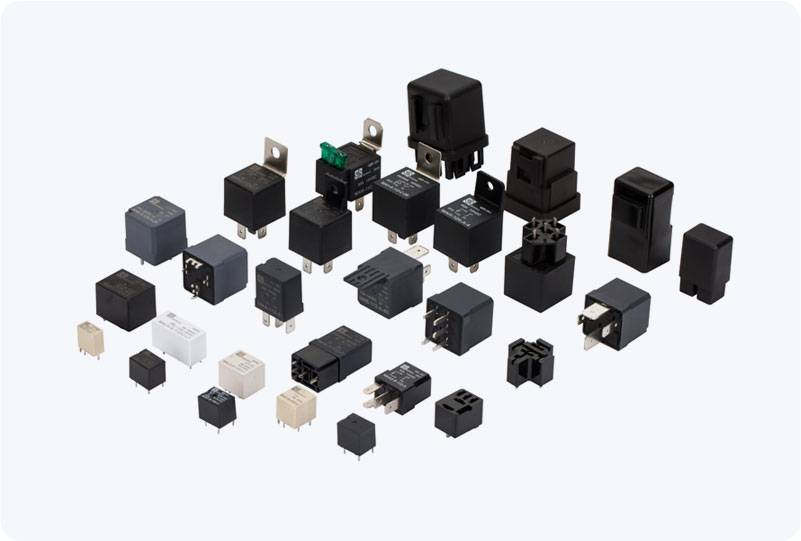understanding time delay relay: function, applications, and benefits
Release time:2025-10-22 15:22:23
A Time Delay Relay (TDR) is an essential component in many electrical systems, particularly those used in automation and control. It allows users to delay the action of a relay for a specified period, enabling precise control over various systems and machinery. By delaying the response time, the Time Delay Relay ensures that electrical circuits perform in an optimal manner, preventing damage or inefficiencies caused by sudden power surges or abrupt switches. In this article, we will explore the function, applications, and benefits of the Time Delay Relay in various industrial and commercial sectors.

What is a Time Delay Relay?
At its core, a Time Delay Relay is a type of relay that delays the operation of an electrical circuit. When a voltage is applied to the relay, it does not immediately respond; instead, it waits for a pre-set time period before activating or deactivating the connected circuit. This delay is usually adjustable, depending on the specific needs of the system. Time Delay Relays are widely used to manage power surges, control equipment start and stop times, and protect electrical components from damage due to rapid switching.
There are two primary types of Time Delay Relays:

